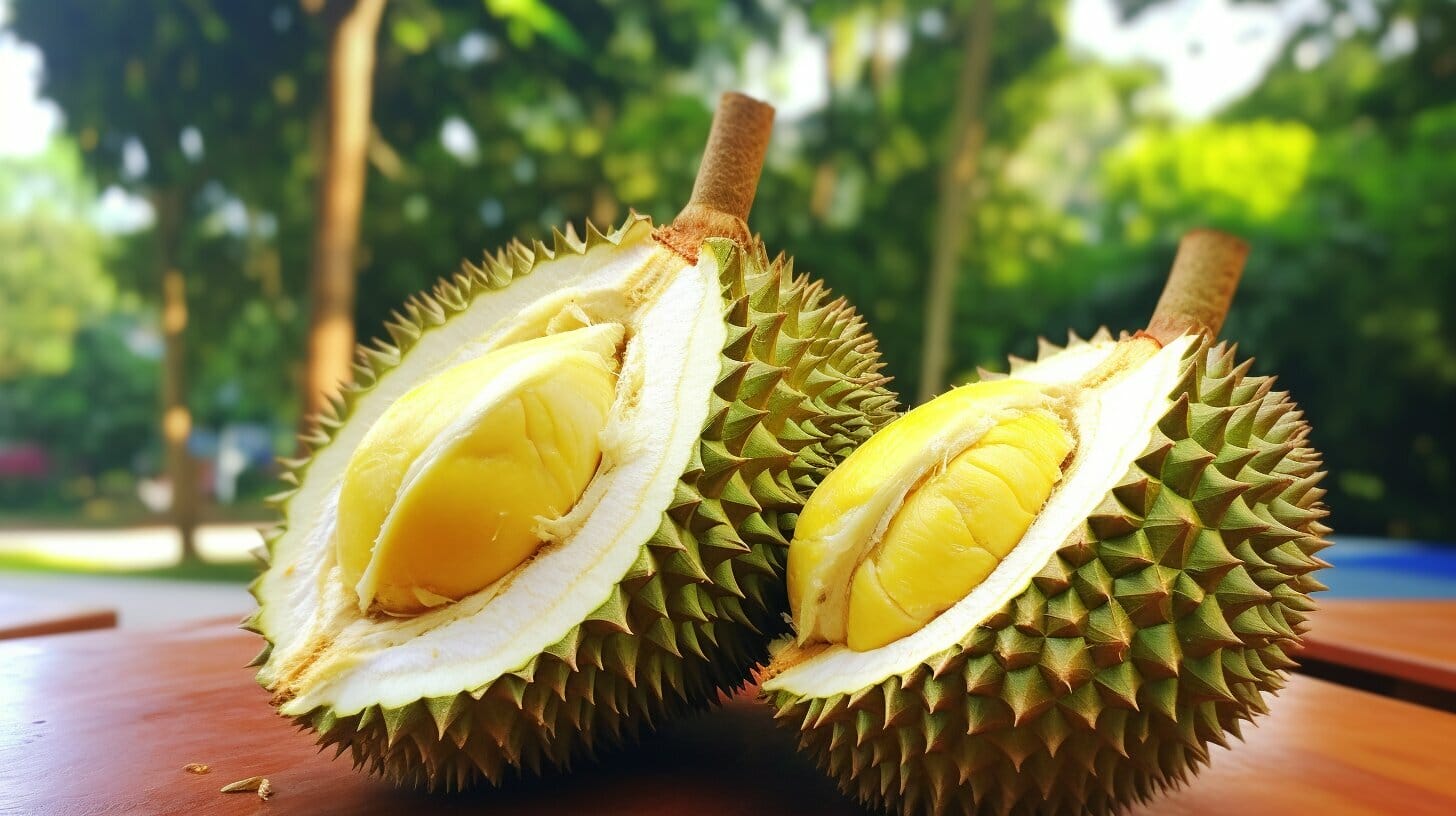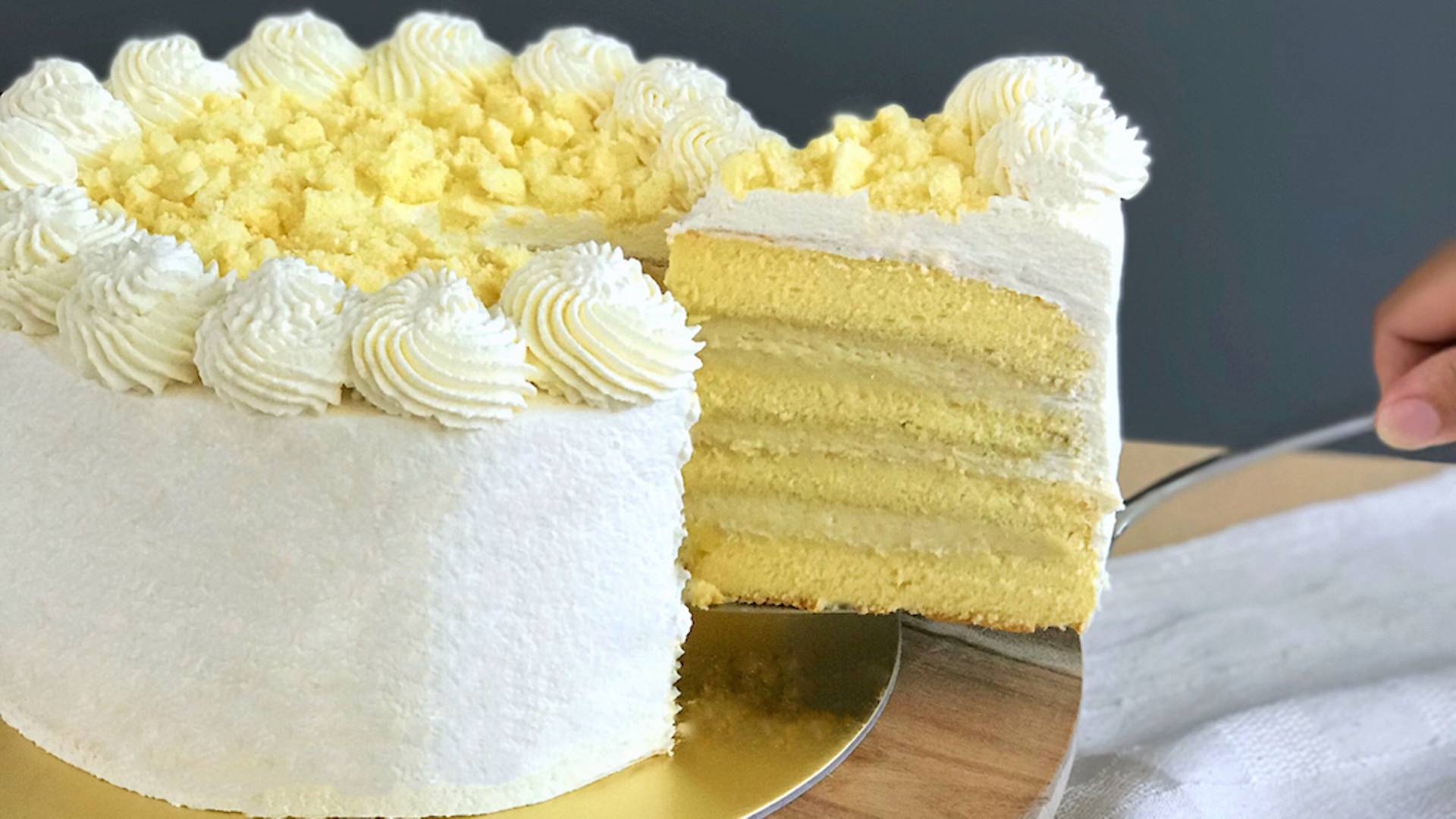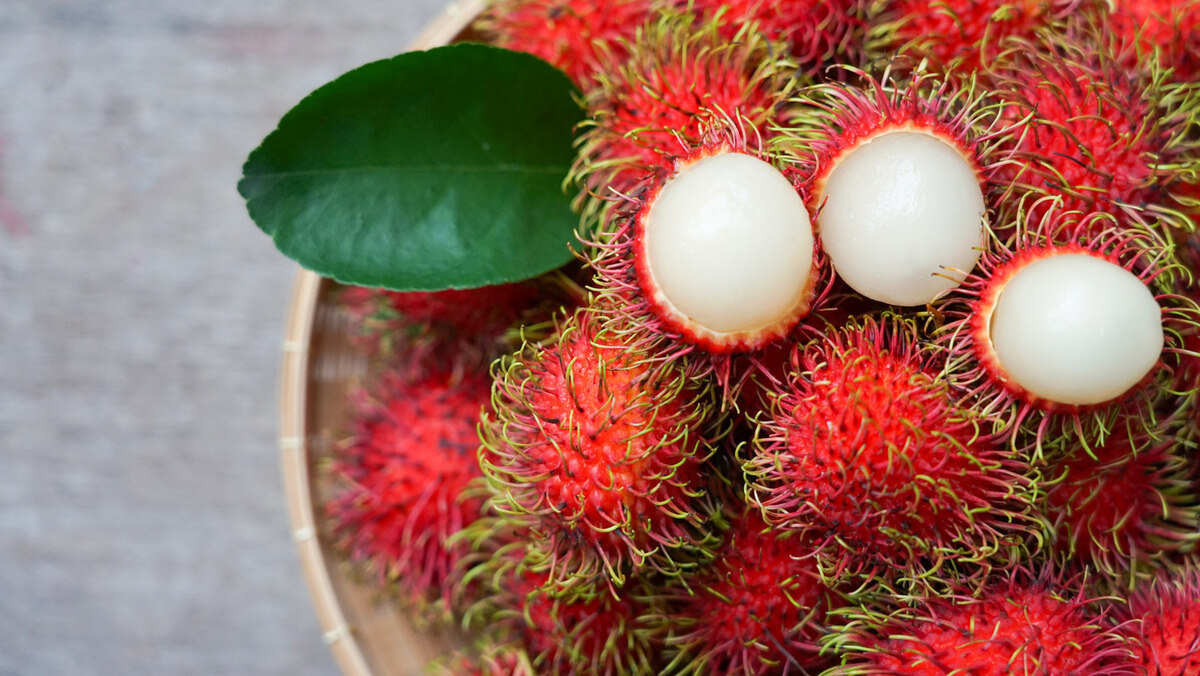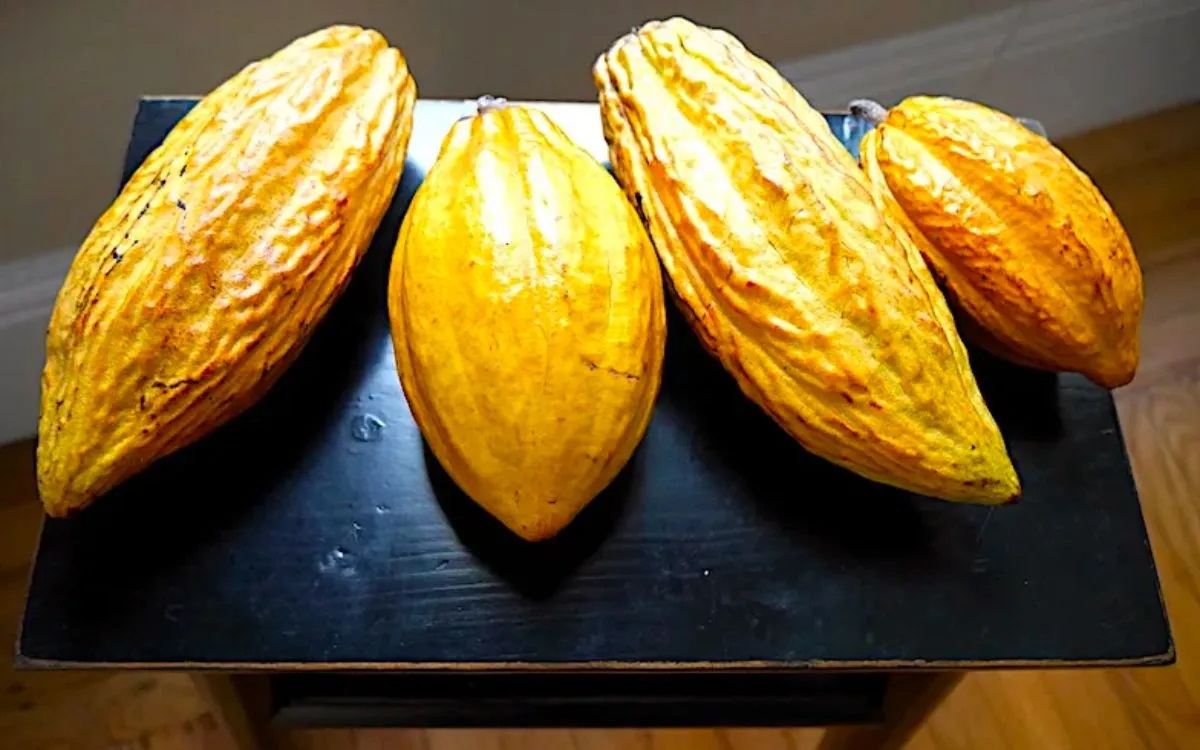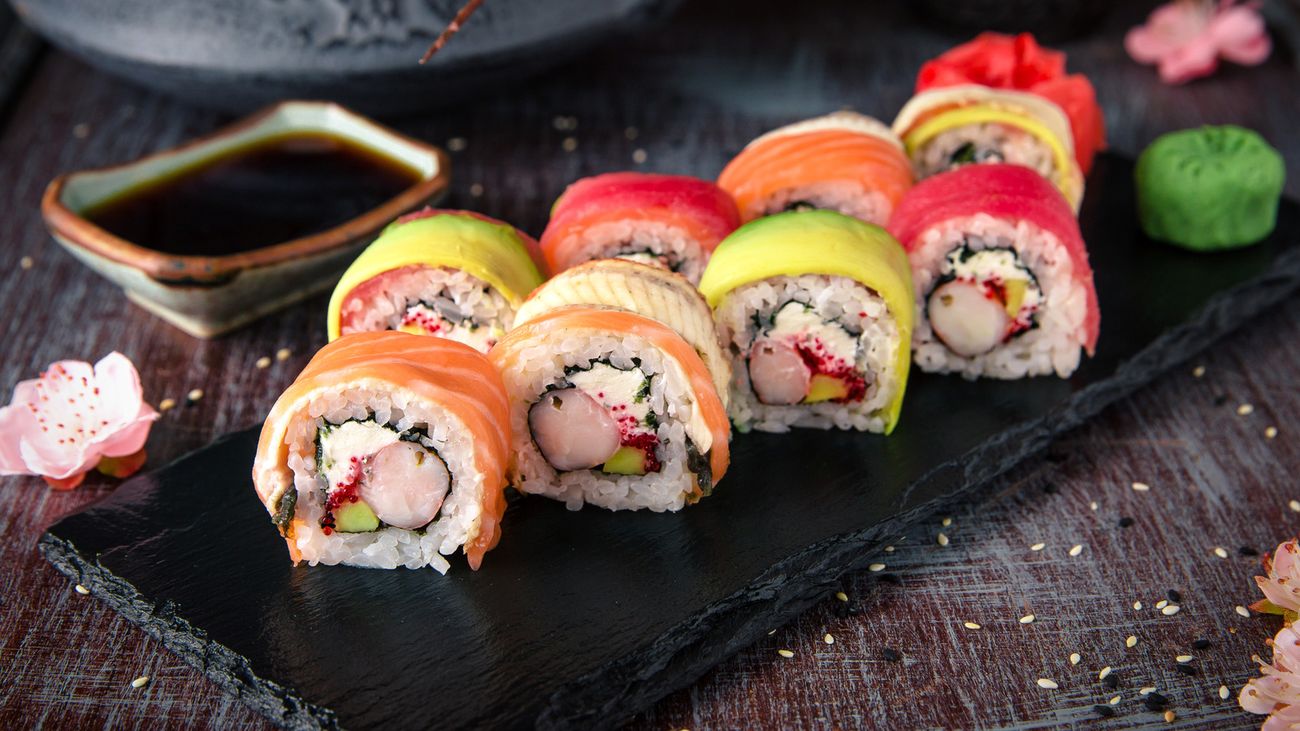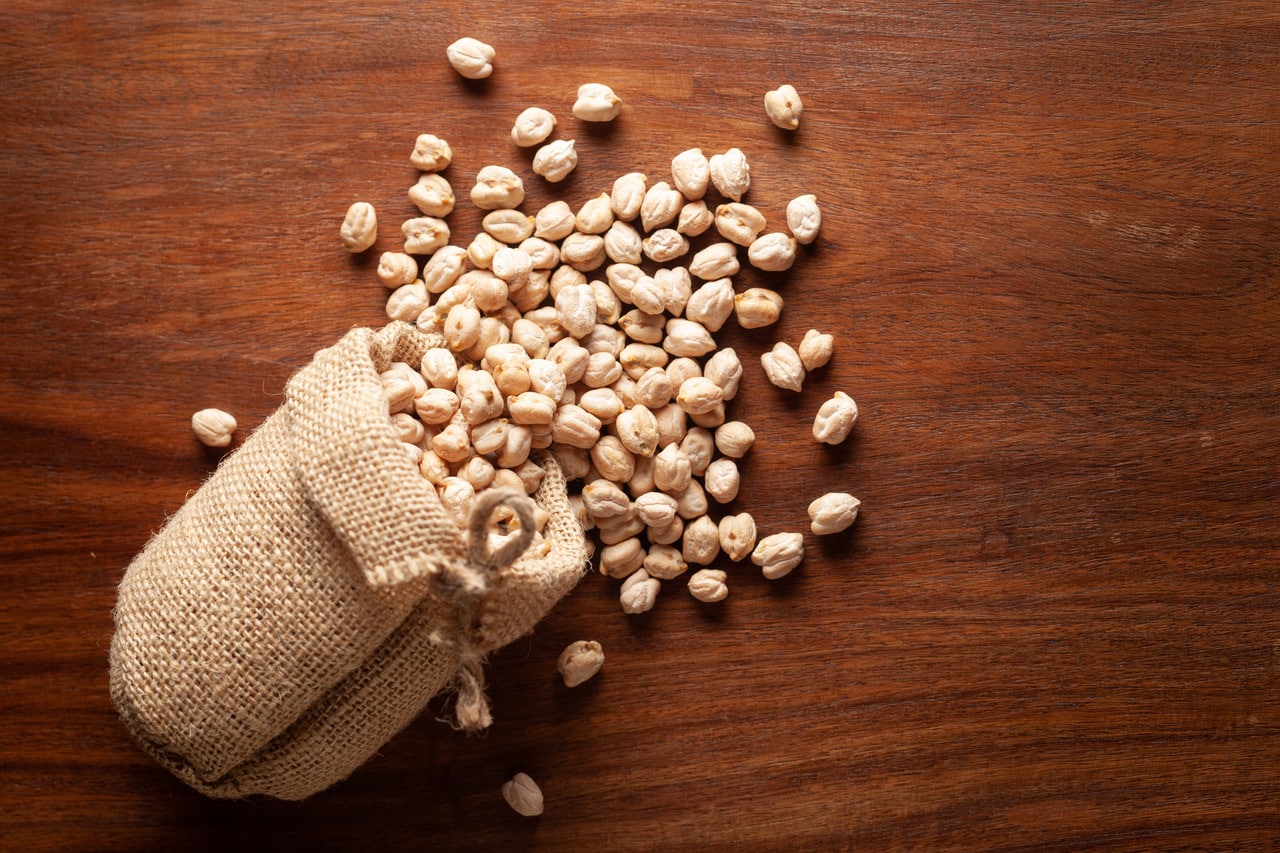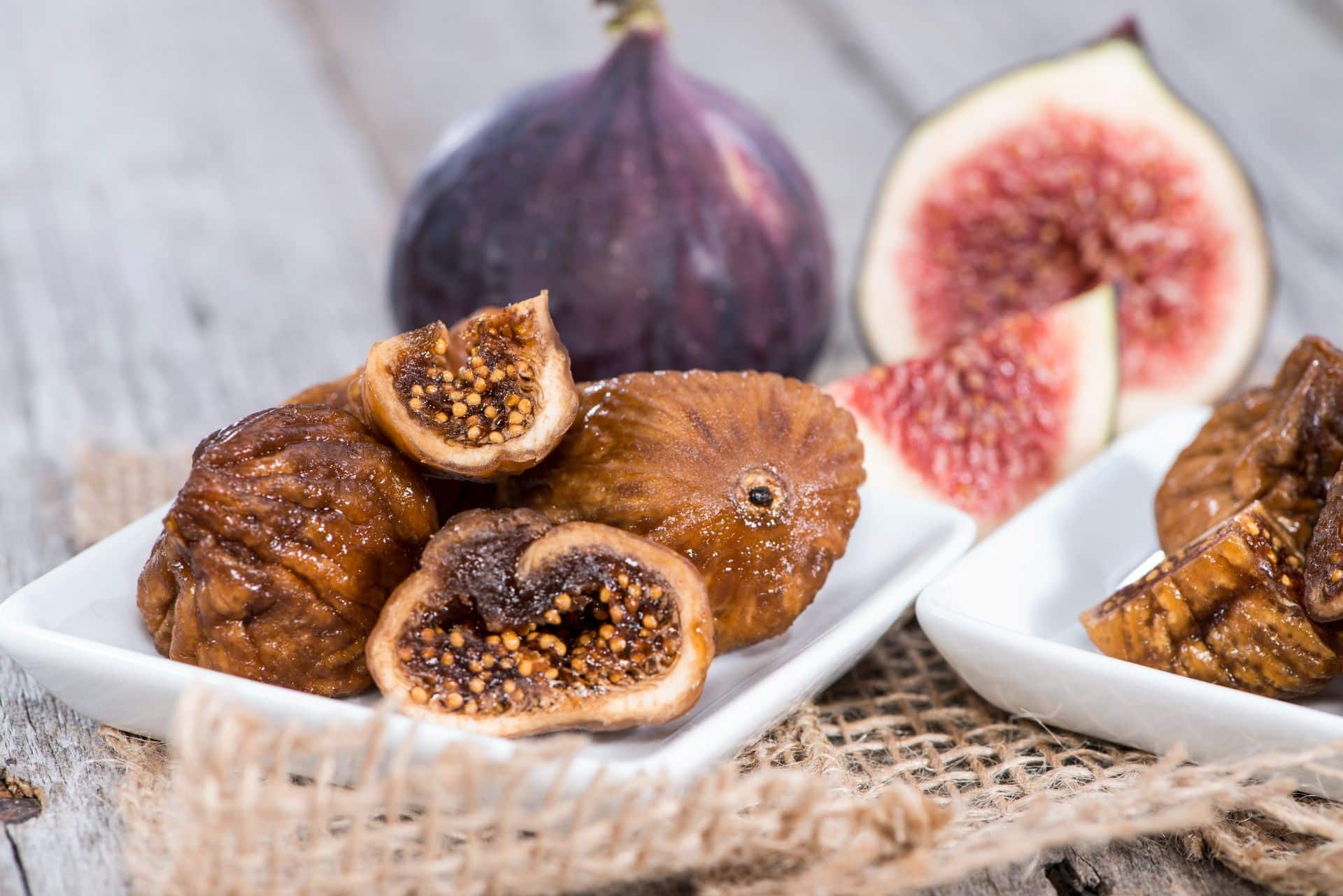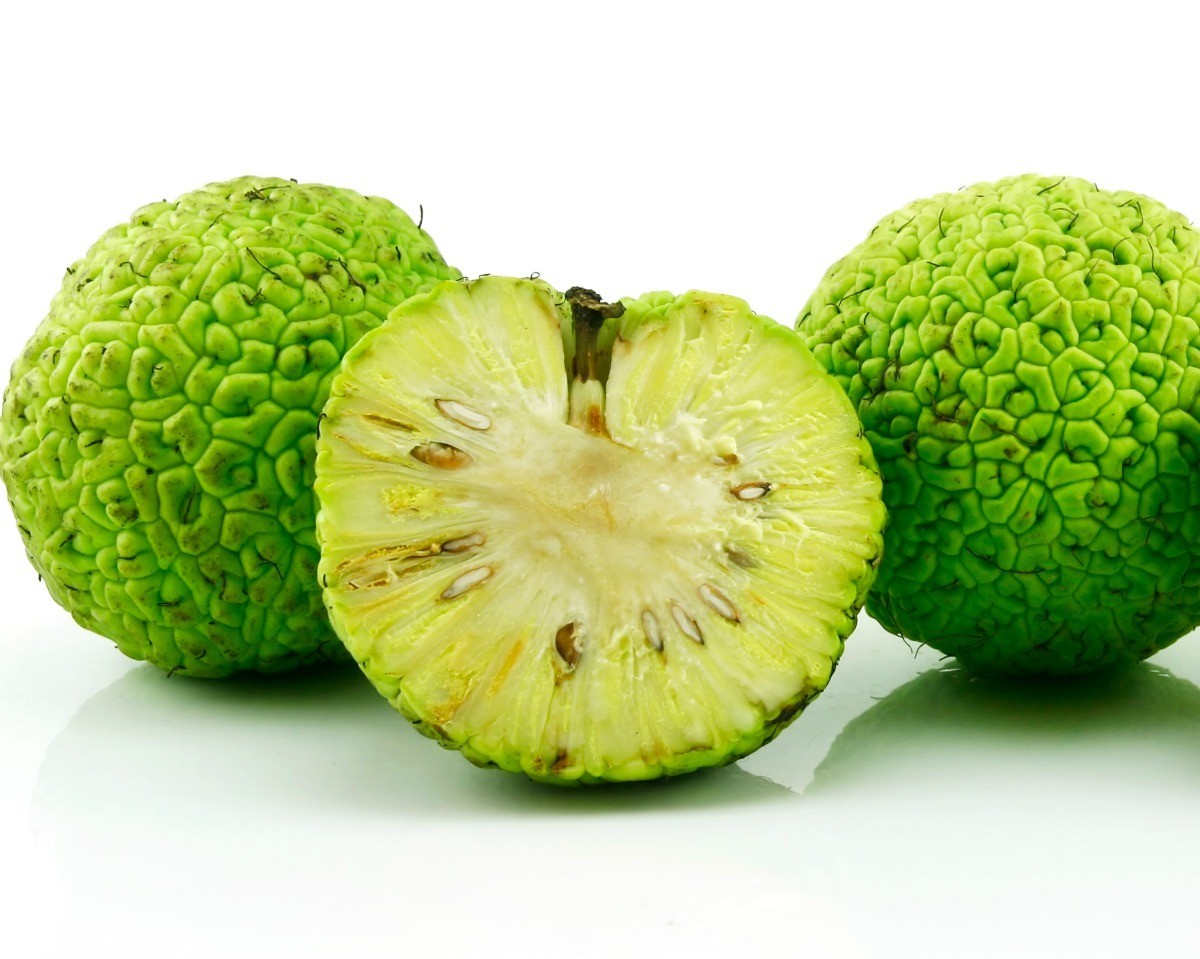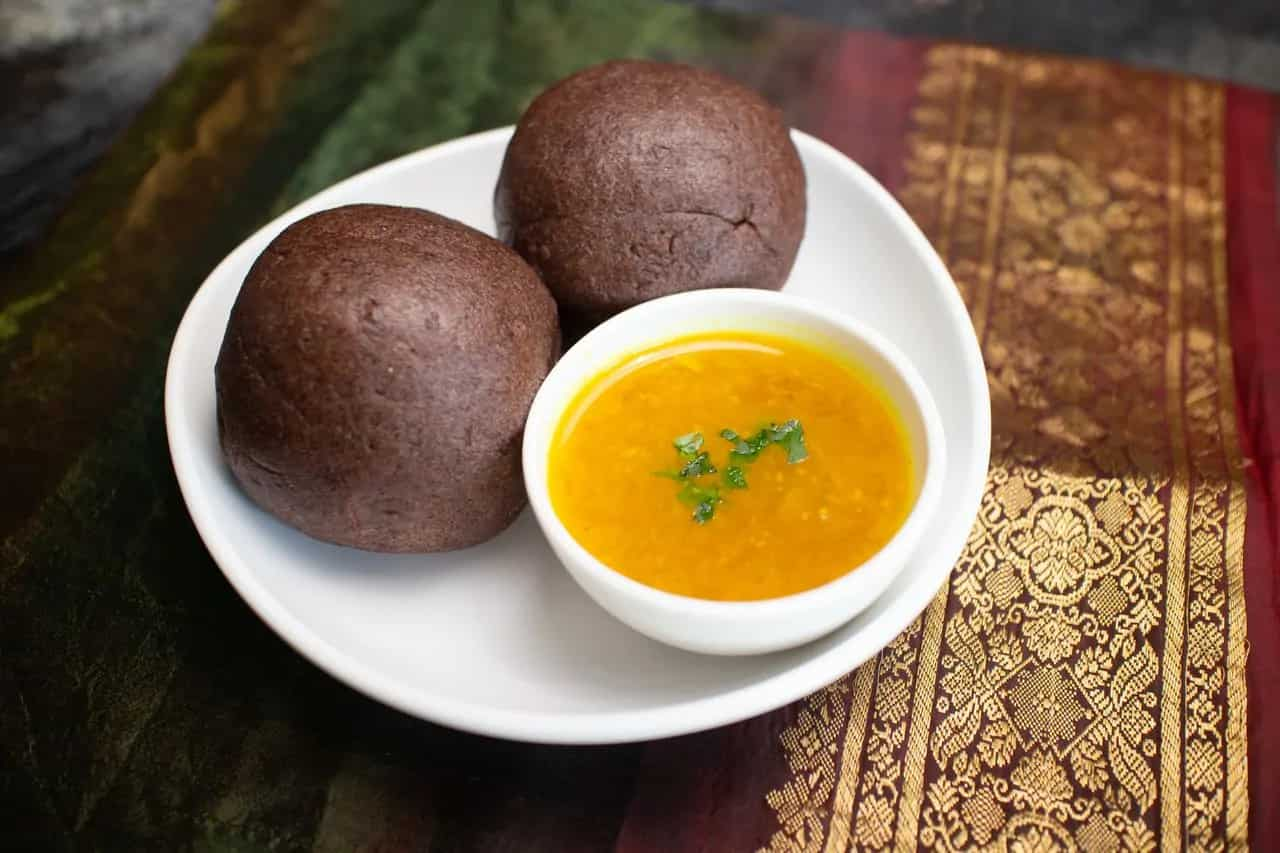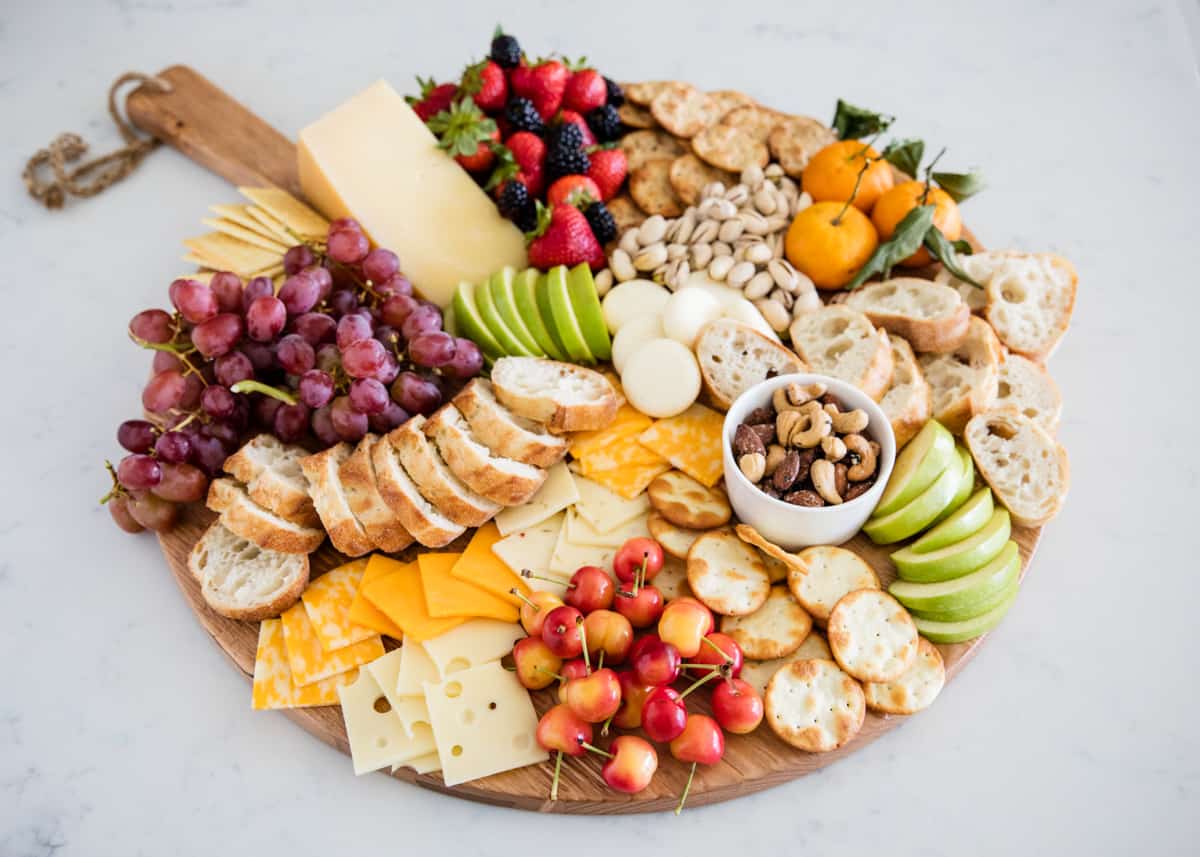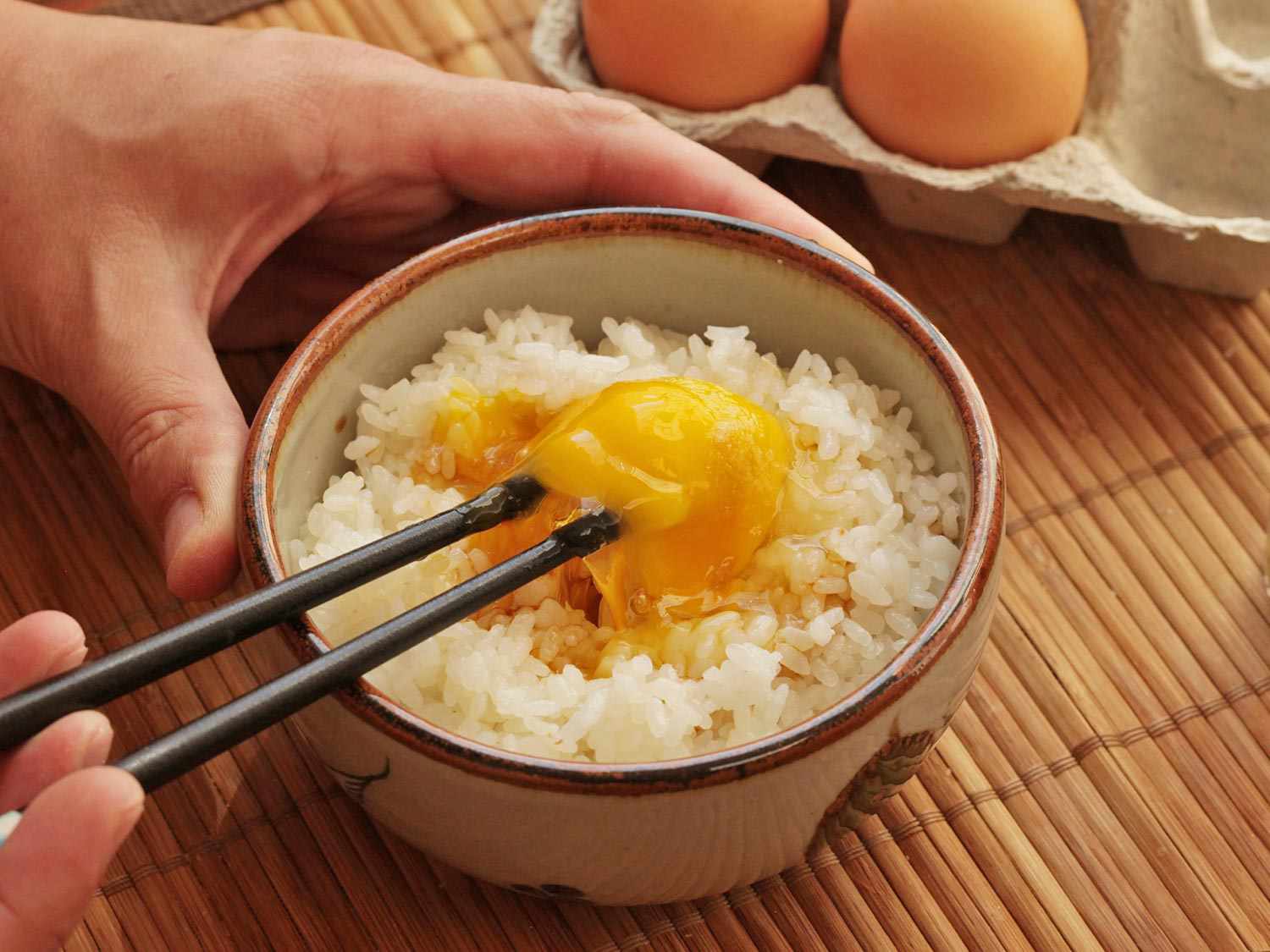Discovering the Delight of Durian Seeds
When it comes to exotic fruits, the durian is often considered the king. Known for its pungent aroma and custard-like flesh, the durian is a favorite among fruit enthusiasts. But did you know that the durian seed, often discarded as waste, is also edible and nutritious? In this article, we will explore the unique culinary potential of durian seeds and learn how to enjoy them in various ways.
Health Benefits of Durian Seeds
Before we delve into the culinary aspect, let’s take a moment to appreciate the health benefits of durian seeds. These seeds are packed with nutrients, including:
- Protein: Durian seeds are a good source of plant-based protein, making them an excellent addition to a vegetarian or vegan diet.
- Fiber: Just like the flesh of the durian fruit, the seeds are rich in dietary fiber, which supports digestive health.
- Healthy Fats: Durian seeds contain beneficial fats that are essential for overall well-being.
- Minerals: These seeds are a natural source of essential minerals such as potassium, magnesium, and iron.
With these nutritional benefits in mind, it’s clear that durian seeds are more than just a byproduct of the beloved durian fruit.
Preparing Durian Seeds for Consumption
Before you can enjoy durian seeds, it’s important to properly prepare them. Here’s a simple step-by-step guide to preparing durian seeds:
- Remove the Seeds: When you open a durian fruit, you’ll find the seeds encased in a thick, fibrous shell. Carefully remove the seeds from the fruit.
- Clean the Seeds: Rinse the seeds under running water to remove any remaining flesh or debris.
- Boil the Seeds: Place the cleaned seeds in a pot of boiling water and simmer for 10-15 minutes. This helps soften the outer shell for easier peeling.
- Peel the Seeds: Once boiled, allow the seeds to cool before peeling away the outer shell to reveal the edible inner seed.
Now that your durian seeds are prepared, it’s time to explore the various ways to enjoy them.
Culinary Uses of Durian Seeds
There are several creative ways to incorporate durian seeds into your culinary repertoire. Here are a few ideas to get you started:
- Roasted Durian Seeds: After boiling and peeling, toss the seeds with a bit of oil and your favorite seasonings. Roast them in the oven until they are crispy and golden brown. Enjoy them as a nutritious snack or crunchy topping for salads.
- Durian Seed Hummus: Blend boiled durian seeds with chickpeas, tahini, garlic, and lemon juice to create a unique and flavorful hummus. Serve with fresh vegetables or pita bread for a delightful appetizer.
- Durian Seed Soup: Add boiled durian seeds to your favorite soup or stew for an added boost of nutrition and texture. Their mild, nutty flavor complements a wide range of savory dishes.
With these culinary ideas in mind, you can elevate the humble durian seed into a versatile ingredient that adds both flavor and nutrition to your meals.
Exploring New Flavors
As with any new ingredient, experimenting with durian seeds in the kitchen can lead to delightful discoveries. Whether you choose to roast them for a crunchy snack or incorporate them into a savory dish, durian seeds offer a unique culinary experience that is well worth exploring. So, the next time you indulge in a luscious durian fruit, don’t forget to save the seeds for a culinary adventure of their own.
By embracing the potential of durian seeds, you can expand your culinary horizons and savor the rich flavors and nutrients that this often-overlooked ingredient has to offer.
So, go ahead, give durian seeds a try, and unlock a world of new flavors and possibilities in your kitchen!
For those eager to expand their culinary horizons with durian seeds, there's a variety of recipes to explore. The Roasted Durian Seed Snack offers a crunchy and savory experience, perfect for a quick bite. If you're in the mood for something more substantial, try the Durian Seed and Quinoa Bowl, which is both nutritious and filling. For those who enjoy a twist on classic dishes, the Durian Seed Mashed Potatoes is a delightful surprise, adding a unique flavor to a beloved comfort food. Lastly, the Durian Seed Chocolate Truffles are a must-try for dessert lovers, combining rich chocolate with the subtle nuttiness of durian seeds. These recipes not only highlight the versatility of durian seeds but also provide delicious new ways to enjoy them.
